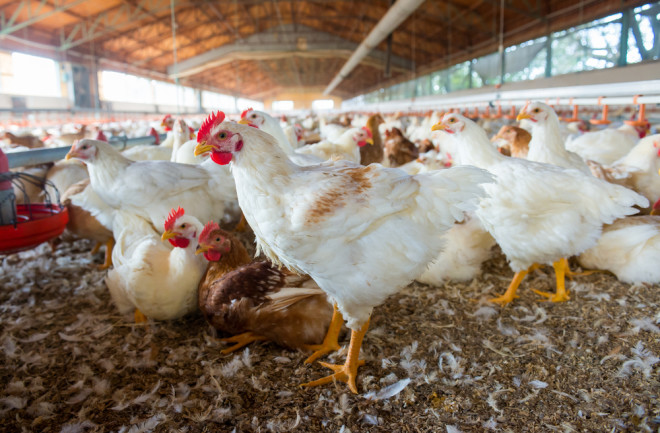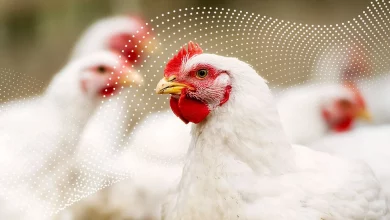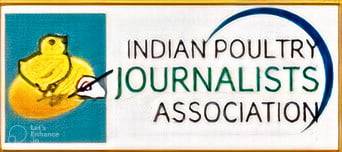The Urgent Need for Ethnoveterinary Practices in Modern Poultry Farming

The Urgent Need for Ethnoveterinary Practices in Modern Poultry Farming
SRIDHALA AND K. SHIBI THOMAS,
Livestock Farm Complex,
Veterinary College and Research Institute,
Orathanadu-614 625
Tamil Nadu Veterinary and Animal Sciences University (TANUVAS)
Poultry farming is one of the fastest growing sectors in India and provides a significant source of protein for the country’s meat eating population. Poultry sector growth contributes to reduction of poverty and enhancement of nutrition in India. Traditional medicines improve the growth and health status of the bird. Ethno Veterinary practices is based on traditional belief and indigenous knowledge and cultural skills that are transferred from generation to generation. In rural area herbal medicine plays an important role in livestock production. Ethno Veterinay practices were developed by trial and error method over a long period of time. Most of the commercial drugs are expensive and not readily available and affordable by resource poor smallholder farmers. This is why they tend towards Ethno Veterinary management for treatment and poultry health management.
In the modern world use of Ethno Veterinary practices is viewed as old fashioned and backward. The long term use of conventional medicine linked to environment damage, increased production cost and antimicrobial resistance occurs when bacteria, viruses, fungi and parasites no longer respond to antimicrobial medicines. As a result of drug resistance, antibiotics and other antimicrobial medicines become ineffective and infections become difficult or impossible to treat, increasing the risk of disease spread, severe illness, disability and death. This is one of the major reasons people now-a-days chose organic farming over conventional and commercial farming methods. Ethno Veterinary practices were used as a preventative measure, immune boosting and for healing purposes in multiple chicken ailments.
Organic poultry farming involves raising chickens without cages, providing outdoor access and feeding them organic feed and natural pastures. The main objective is to produce poultry free from industrial pesticides, antibiotics, hormones, and mammalian by products, adhering to strict criteria and regulations. The Ethno Veterinary practice is
re-emerging as a comprehensive method for health management. There is no specific dosage and contraindications for different methods used in indigenous chicken health management.
ADVANTAGES OF ETHNOVETERINARY MANAGEMENT
Ethno Veterinary practice is cost effective, easily available, reduces antibiotic usage, no risk of antimicrobial resistance, eco-friendly, user friendly, used in organic meat production, farmers are self dependent and does not affect the production performance of the birds.
ETHNOVETERINARY MANAGEMENT IN POULTRY
RANIKHET DISEASE
| 1. | Pepper- 1 teaspoon pepper boiled in 1 glass of water and given orally |
| 2. | Small onions – chopped into small pieces and given orally |
| 3. | Cumin seeds and small onions crushed together and given for a week |
| 4. | Pepper, small onions , turmeric, keezhanelli (Phyllanthus niruri) grinded into a paste and made into small pellets and given to the birds |
| 5. | Papaya leaf, keezhanelli, turmeric powder gring together and made into a small bolus to given orally |
DIARRHOEA
| 1. | Aloe vera crushed and mixed with garlic cloves and ginger |
| 2. | Sun dried moringa ground into powder and mixed with chopped fresh aloe leaves add in drinking water |
| 3. | 2 teaspoon of cumin seeds boiled in 250 ml of drinking water |
| 4. | Handful of neem leaves, guava leaves with dried ginger and jaggery grind together and made into small bolus |
FOWL POX
| 1. | Betel leaves, pepper, salt and jaggery gring together and made into small bolus and given orally |
| 2. | Neem leaves and turmeric made into a pasteand applied topically |
| 3. | Neem leaves, kuppaimeni (Acalyphaindica), Tulsi leaves, Turmeric powder, coconut oil made into a paste and applied topically |
INFLAMMATION
| 1. | Aloe vera | : | 1 leaf |
| 2. | Turmeric | : | 1 teaspoon |
| 3. | Lemon juice | : | 1 teaspoon |
| 4. | Slaked lime | : | ¼ teaspoon |
| 5. | Neem leaves | : | 1 handful |
The above mentioned ingredients are mixed into a paste and applied to the inflamed area thrice a day.
WOUND
| 1. | Turmeric powder mixed with water and applied in the affected area |
| 2. | Turmeric powder and neem oil mixed into a paste and applied on the affected area |
BURNS
| 1. | Aloe vera can be applied topically |
| 2. | Coconut oil can be applied |
ECTO PARASITES
| 1. | Vasambu (Acoruscalamus) grind and applied into the affected area |
| 2. | Smoke of Nochi (Vitextrifolia) leaves is used to control ectoparasites |
| 3. | Garlic, Tulsi, Neem leaves, Seethapal seeds ground together and boiled in neem oil and applied over the surface of the body |
ENTERITIS:
| 1. | Paste of Kasakasa seeds (Papaversomniferum) is administrated to treat the enteritis and gastroenteritis |
| 2. | Mudithumbai (Leucas aspera) is used to cure enteritis in poultry |
MAGGOT WOUND
| 1. | Nochi leaves, neem oil and Pacha karpooram (Natural camphor) grind into a paste and applied into the affected area |
IMMUNE BOOSTER
| 1. | Ginger | : | ¼ inch |
| 2. | Garlic cloves | : | 2 |
| 3. | Turmeric powder | : | 5grams |
| 4. | Jaggery | : | 1 teaspoon |
The above mentioned ingredients are mixed together and given along with the feeds.
STRESS
| 1. | Amla (Phyllanthusemblica) is an important dietary source of Vitamin C and given as an antistress supplement in feed during summer |
GROWTH PROMOTOR
| 1. | Turmeric and Basil leaves are used as a growth promotor in poultry feed |



